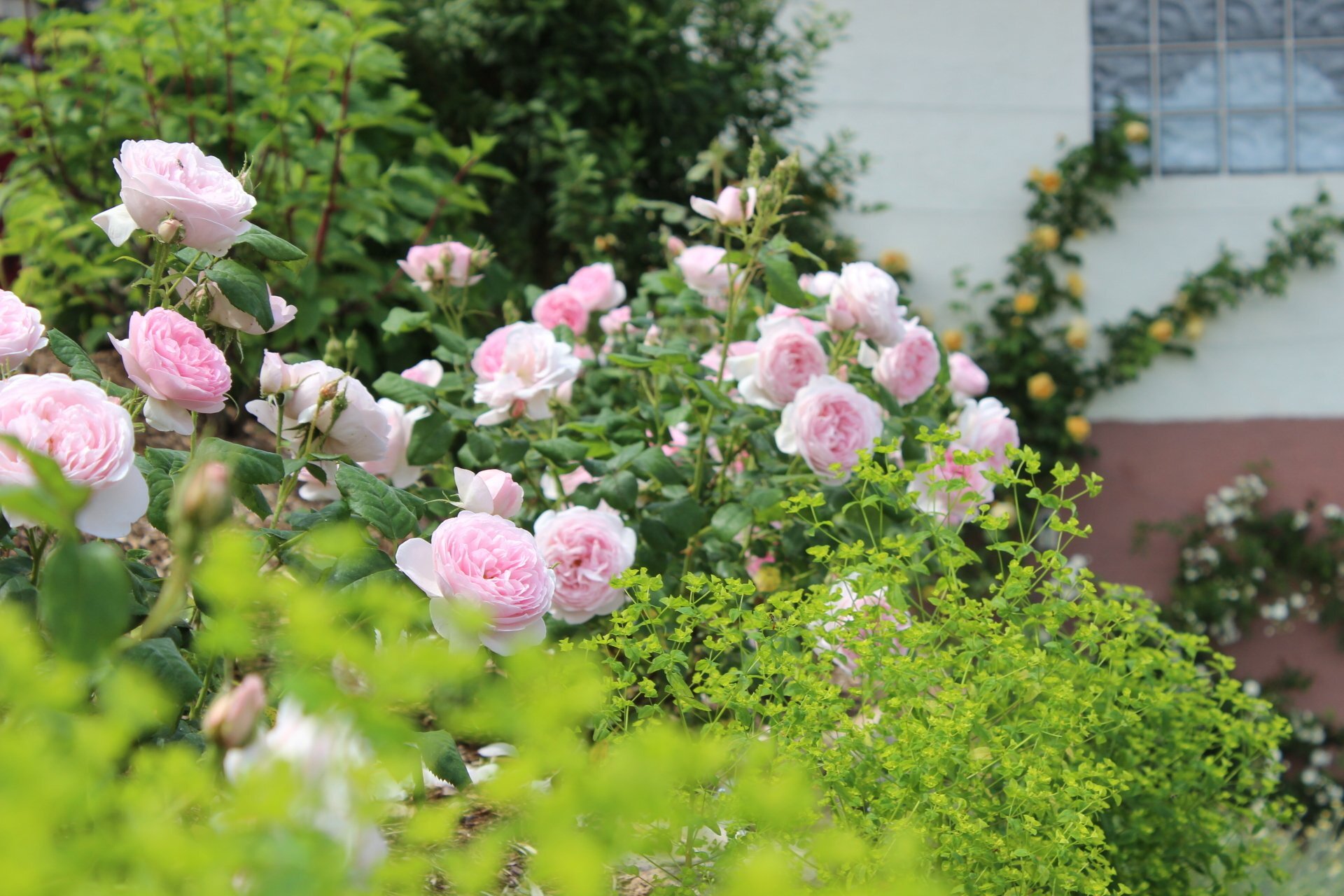All Saints Waterfalls & Monastery Ruins – Nature and History Combined in the Black Forest
Deep in Northern Black Forest, vicinity Oppenau In the Rench Valley lie two of the region's most impressive excursion destinations: the All Saints Waterfalls and the romantic All Saints Monastery Ruins. This combination of wild nature and historic architecture makes the place a highlight for hikers, culture enthusiasts and Black Forest vacationers.
All Saints' Waterfalls – The highest natural waterfalls in the Northern Black Forest
The All Saints Waterfalls apply with a total drop height of approximately 83 meters as the highest natural waterfalls in the Northern Black ForestThe water plunges in several cascades. Grindenbach down steep rock steps into a deep gorge.
A well-maintained hiking trail with numerous steps and viewing platforms leads directly alongside the waterfalls – a truly memorable experience in any weather. The sheer volume of water is particularly impressive in spring and after rainfall. The trail is part of the popular All Saints' Day Circular Trail, which harmoniously combines monastery, gorge and nature.
All Saints Monastery Ruins – History between Legend and Reality
Directly above the waterfalls are the picturesque remains of the former Premonstratensian Abbey of All Saints, which in the year 1191 from Uta von Schauenburg was founded. The place was for a long time a spiritual and cultural center in the Black Forest.
The monastery complex experienced its heyday in the late Middle Ages, but was destroyed by several fires – most recently 1804 by lightning – largely destroyed. Today the All Saints Monastery Ruins A romantic, freely accessible memorial site that impresses with its Gothic architecture and surrounding gardens.
A small Monastery garden and Information boards They offer background information on the history of the monastery, monastic life, and the construction of the church. The ruins are nestled in a park-like landscape and provide a unique backdrop for walks, photography, and quiet moments.
Tips for visitors & hiking around All Saints' Day - Starting point: Hiking parking lots in
Oppenau,
Baiersbronn or at
Legend Trail All Saints
- Marked circular hiking trails such as the
“All Saints’ Day Circular Trail”,
"Klostersteig" or sections of the
Renchtalsteig
- Places to eat in the
All Saints Monastery Courtyard (open seasonally)
- The place is child-friendly, but the waterfall trail includes many steps – sturdy footwear is recommended.
- Access to the ruins and waterfalls is free
Location and accessibility
The All Saints' complex is located approximately... 15 minutes by car from Oppenau, approximately 45 minutes from Baden-Baden and around 50 minutes from Moosbach Garden in Nordrach removed.
A winding but scenic route leads you into the valley of waterfalls and to the historic monastery grounds.
The
All Saints Waterfalls and All Saints Monastery offer an impressive combination of
Nature experience and cultural history in the Black ForestWhether on a family hike, a day trip or as a spiritual retreat – this place impressively tells of the interplay between man, faith and nature over the centuries.













